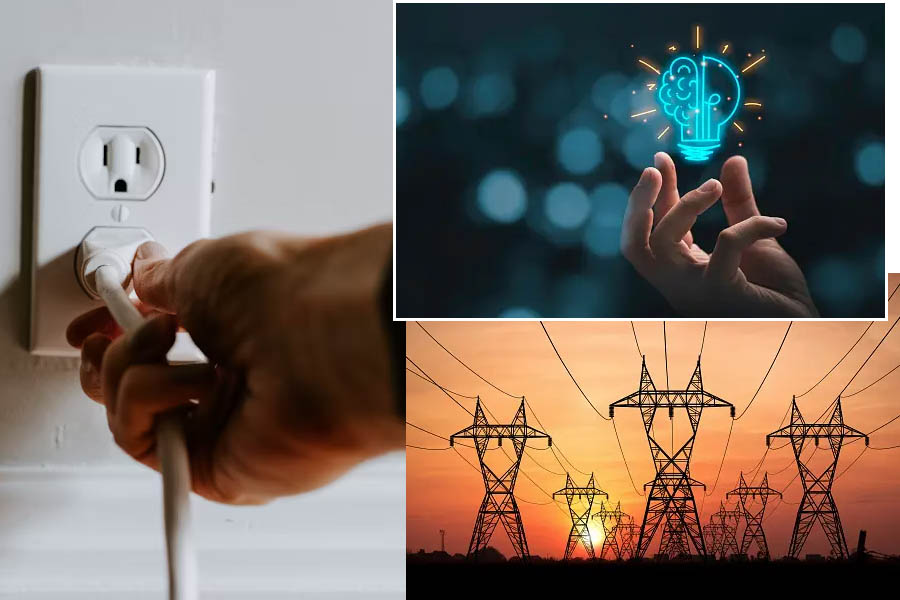
Nepal stands at a pivotal juncture in its energy narrative, where the dynamism of private sector participation clashes with the intricacies of governmental red tape. With 70% of its electricity production already vested in the hands of private entities, the nation teeters on the edge of a promising yet tangled landscape.
Preparations for the third investment conference are in full swing, signaling the government's earnest efforts to court both domestic and foreign investors. Simultaneously, private energy developers are flexing their organizational muscles, hosting energy expos in the capital, showcasing their prowess in navigating the labyrinthine energy market.
Private Sector's Power Surge
However, beneath the veneer of optimism lies a stark reality – the energy sector's growth is stymied by governmental policies and regulations, casting a shadow of uncertainty over private endeavors. Despite contributing a significant 70% to the nation's total electricity production, private entrepreneurs find themselves ensnared in a web of bureaucratic hurdles.
to strike a delicate balance between accessibility and conservation. Priced at €5 for day trippers, the fee serves as a modest deterrent, ensuring that those who cherish Venice's treasures contribute to its preservation. Importantly, residents, commuters, students, and overnight tourists are exempt, underscoring the city's commitment to fostering a symbiotic relationship between locals and visitors.
Yet, progress comes with its own set of challenges. The road to energy sufficiency is fraught with delays and setbacks, exacerbated by external factors like the COVID-19 pandemic and international inflation. Despite the ambitious target of producing over 28,500 megawatts of electricity by 2035, the journey is riddled with stumbling blocks.
Navigating Regulatory Rapids
At the heart of the impasse lies the conundrum of governmental policies and regulations. The arduous process of obtaining approvals involves navigating a labyrinth of ministries, departments, and laws, proving to be a Herculean task for private investors. Forest-related issues, land acquisition hurdles, and regulatory complexities further compound the challenges, hindering the smooth execution of energy projects.
To untangle this bureaucratic knot, calls for reform resonate across the energy landscape. The clamor for a unified policy framework grows louder, urging the government to streamline processes and foster a conducive environment for private investment. Empowering the Ministry of Energy and enacting new electricity laws are touted as imperative steps towards catalyzing progress.
A Glimpse into the Future
In the face of adversity, opportunities beckon. Proposals to revamp forest policies, simplify approval processes, and incentivize afforestation offer a glimmer of hope. By aligning governmental objectives with private sector aspirations, Nepal can chart a course towards energy self-sufficiency, unshackling itself from the chains of red tape.
As the nation stands on the cusp of transformation, the convergence of public and private interests holds the key to unlocking Nepal's energy potential. With perseverance, pragmatism, and a shared vision for progress, the energy sector can transcend its current challenges, illuminating a path towards a brighter, more sustainable future for generations to come.
Interesting Facts:
-Nepal's energy landscape has witnessed a remarkable shift, with 70% of electricity production now originating from private sector initiatives.
-Despite hurdles, private entrepreneurs have invested a staggering 130 billion rupees in electricity development, showcasing their commitment to driving Nepal's energy transformation.
-By Chaitra 2080, Nepal's total installed electricity capacity had reached an impressive 31,500 megawatts, with the private sector accounting for a significant portion of 1,995 megawatts.
-The government's ambitious target of producing over 28,500 megawatts of electricity by 2035 underscores its commitment to bolstering the nation's energy infrastructure.
-Regulatory complexities, including compliance with 7 ministries, 23 departments, and 36 laws, have emerged as major hurdles for private investors, highlighting the need for streamlined processes.
-Proposals to empower the Ministry of Energy and enact new electricity laws aim to foster a conducive environment for private investment, signaling a potential paradigm shift in Nepal's energy landscape.
Charting the Course Towards a Radiant Future
As Nepal embarks on its journey towards energy self-sufficiency, the narrative is poised at a critical juncture where the convergence of public and private interests holds immense promise. Despite the entanglement in governmental red tape, the private sector's steadfast commitment to innovation and sustainability illuminates a path forward. In the crucible of challenge lies opportunity – an opportunity to transcend bureaucratic barriers, rewrite regulatory frameworks, and forge a new paradigm of collaboration. By harnessing the collective wisdom of stakeholders, streamlining processes, and fostering a culture of innovation, Nepal can unlock its boundless energy potential.
As the nation stands on the threshold of transformation, let us seize this moment to sow the seeds of progress, cultivate a fertile ground for investment, and nurture a future where energy flows freely, empowering communities, and illuminating the path to prosperity. In the symphony of progress, let us be the architects of change, sculpting a future where the radiance of Nepal's energy landscape shines brightly for generations to come.
Thank you for reading: globalpostheadline.com | If you want to advertise your Company, Events, Movies, Products, Hotels, Travel Packages Let us know